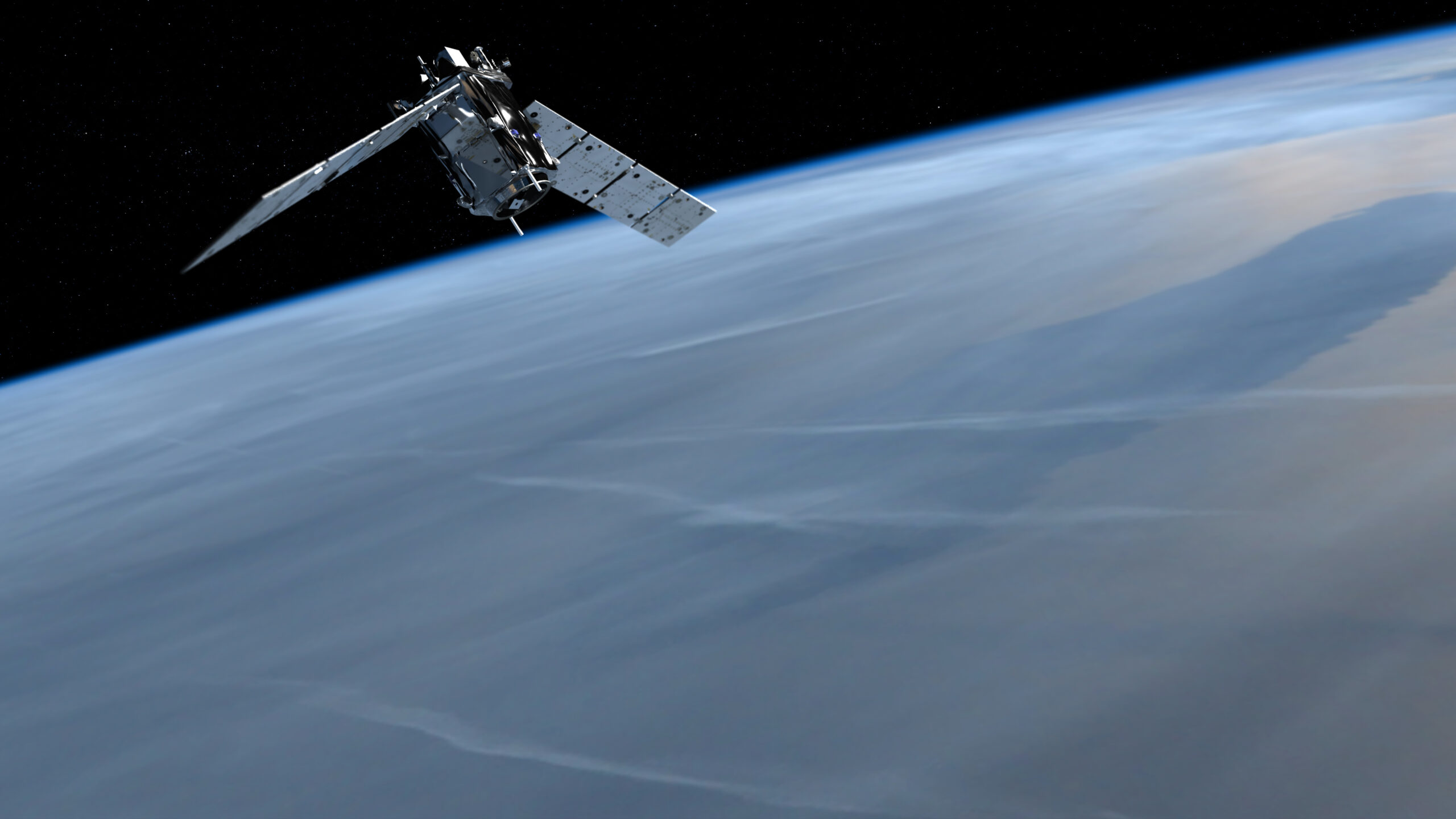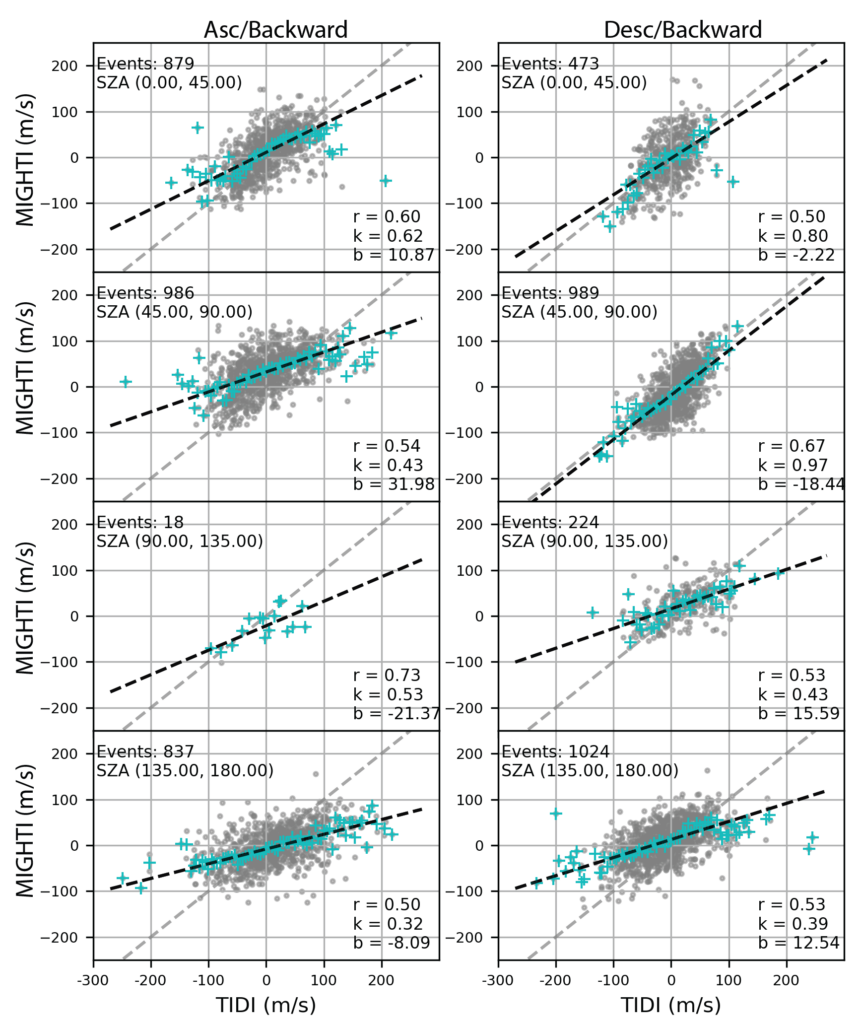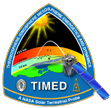
TIDI: TIMED Doppler Interferometer
TIMED Instrument
Overview
The TIMED Doppler Interferometer (TIDI) is investigating the dynamics and energetics of the Earth’s mesosphere and lower thermosphere. TIDI measurements allow us to obtain a global description of the vector wind fields, as well as important information on gravity waves, species densities, airglow and auroral emission rates, and noctilucent clouds. TIDI provides basic information about global winds. TIDI also contributes to the study of energetics.
Science Objectives
The TIDI interferometer (or Profiler) primarily measures horizontal vector winds along the Earth’s limb with a vertical resolution of 2.5 km and an accuracy that approaches ~3 m/sec under optimum viewing conditions. The TIDI design allows for 100% duty cycle instrument operation during daytime, nighttime, and auroral conditions. TIDI views emissions from the O2(0-0) Atmospheric band to determine the Doppler line of sight wind.
Description
TIDI comprises three major subsystems: four identical telescopes, a Fabry-Perot interferometer with a CCD detector, and an electronics box. Light from the selected regions of the atmosphere is collected by the telescopes and fiber-optically coupled to the detection optics. The four fields of view are scrambled along with a calibration field input and converted to an array of five concentric circular wedges. This input then passes through a selected filter, then through a Fabry-Perot etalon, and is finally imaged onto a CCD via a circle-to-line imaging optic (CLIO) device.
- More information is found in the TIDI Fact Sheet.
Comparison of TIDI Line of Sight winds with ICON-MIGHTI measurements during 2020

Point-to-point comparisons between TIDI Telescope 2 and MIGHTI LOS winds from 90 to 100 km in different solar zenith angles bins in the ascending phase (left) and descending phase (right) during a backward flight (from Figure 8 by Wu and Ridley [2023]).
The TIDI team has compared the Line of Sight (LOS) winds from individual telescopes to the measurements from the Ionospheric Connection Explorer’s (ICON’s) Michelson Interferometer for Global High-resolution Thermospheric Imaging (MIGHTI) instrument from 90 to 100 km altitude during 2020. The four telescopes perform differently depending on the satellite configuration and local solar zenith angle (Wu and Ridley, 2023).



